The Training of Benita Willis – Australia’s Greatest Female Distance Runner
Article snippet
Benita Willis is, without doubt, Australia’s greatest female distance runner. A three-time National Champion in the 5,000m, Willis currently holds six national records from distances ranging from the 3,000m to the marathon. In 2004 Willis achieved what is arguably one of the greatest victories in Australian athletics when she won the World Cross Country Championships – the hardest race in the world.
We took an in-depth look at the training of this once in a generation star.
Profile
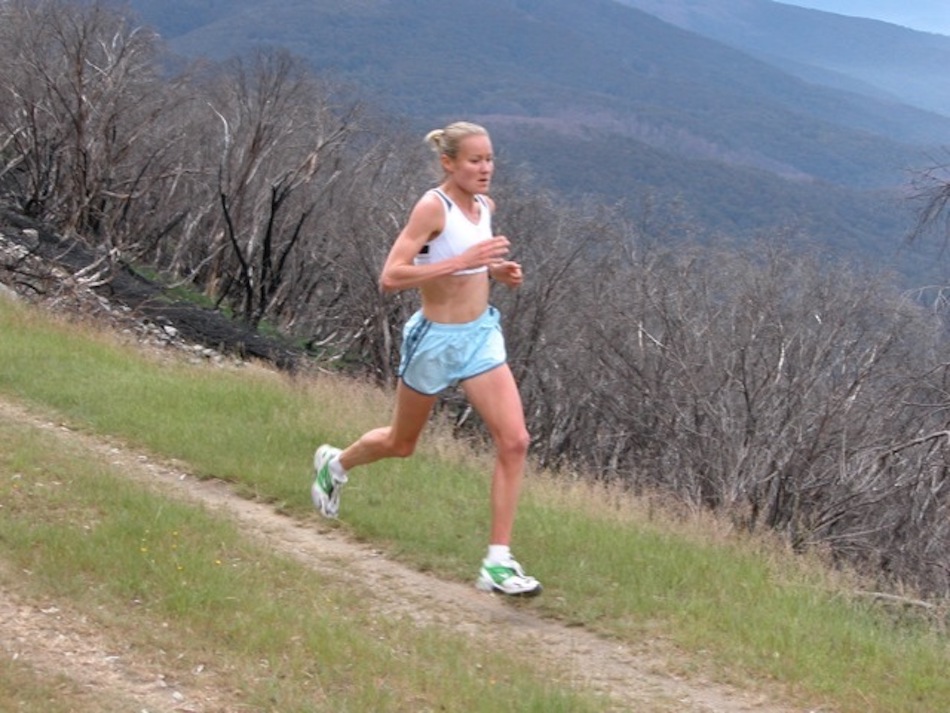 Coach: Nic Bideau
Coach: Nic Bideau - Date of birth: 6th May 1979
- Hometown during career:
- Melbourne, Australia
- London, England
- Boulder, USA
- Major championships medals: 4
- Nickname: ‘B’
Personal Bests
- 800m: 2:05.40
- 1500m: 4:07.05
- Mile: 4:32.61
- 3000m: 8:38.06
- 5000m: 14:47.60
- 10,000m: 30:37.68
- Half Marathon: 1:08.28
- Marathon: 2:22.36
Career Highlights
“Winning the World Cross Country in 2004 definitely stands out. I was close to winning in ‘03 and ’06, so to win in ‘04 and having been the last non-African to do this to this date was absolutely brilliant.”
- 2004 World Cross Country Champion, Brussels.
- 2003 World Half Marathon Bronze Medallist, Vilamoura.
- National marathon record in Chicago, 2006 (2:22.36).
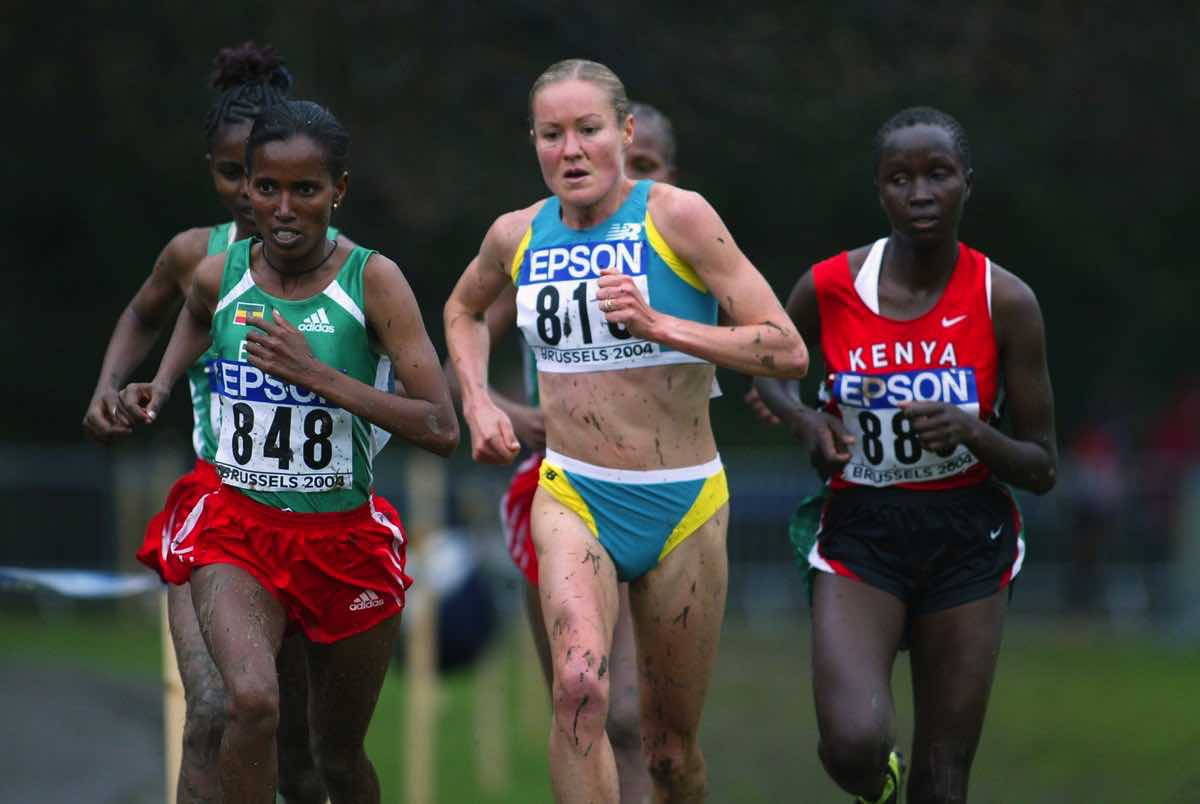
Importance of Training Camps & Altitude
“We’ re not here to do anything special, no super hard sessions that might cause me to dig a hole for myself, just doing everything right.”
Although Benita did sleep in altitude tents from time to time, altitude training camps were by far her preferred option:
“Occasionally (I slept in a tent), but I preferred to go train at altitude as I believe when you do this you can get away from the stresses of being at home and just focus on training and recovery”
Benita’s most commonly frequented locations for camps included Falls Creek in Australia, St. Moritz (Switzerland) in June/July and somewhere in the US in May (Flagstaff, Arizona; Boulder, Colorado or Laguna Mountain in California). Three training camps per year was the norm.
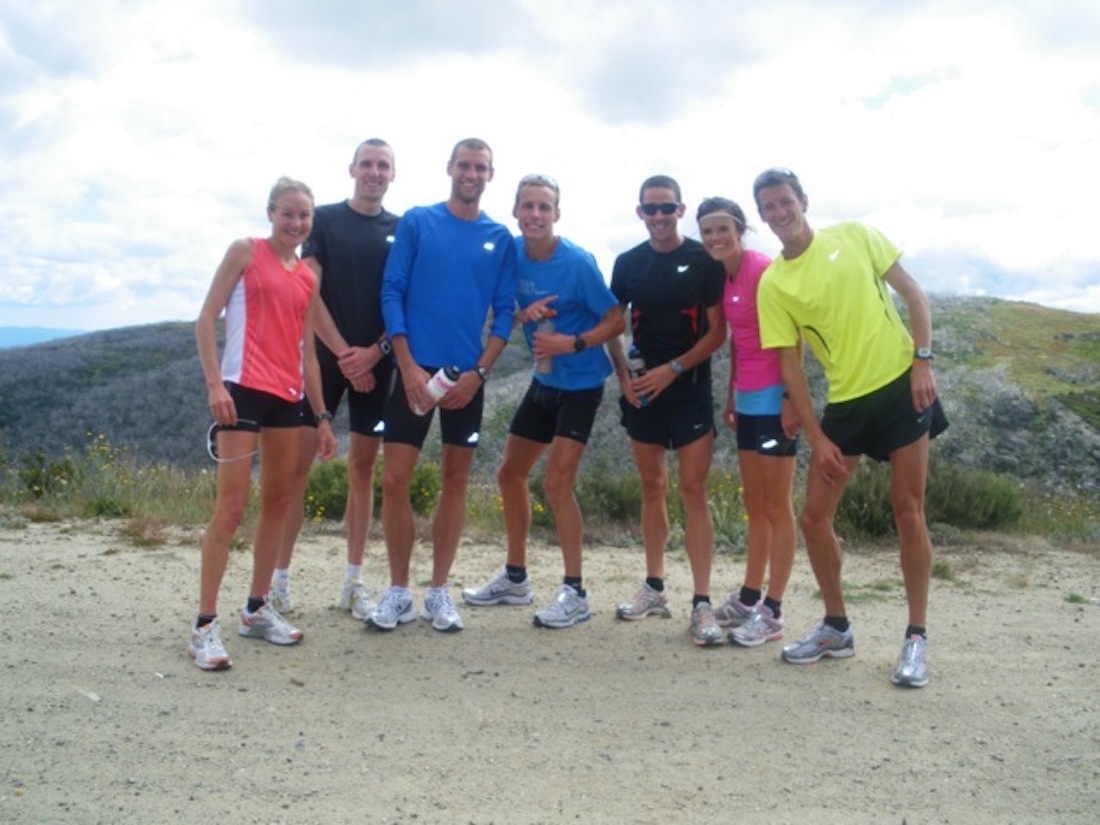
Total Commitment, Sacrifices & Hardship…
Benita left no stone unturned and devoted her entire life to being the best distance runner she could be. This commitment is demonstrated throughout this article; from her training and post session recovery routine, to her strict diet, regular core workouts, utilisation of training camps and so on…
“I would estimate that I spent about eight months overseas (in 2002). lt was a fair while but each year from now on will mean about the same amount of time overseas. And even when l’m home in Australia, a lot of the time I’m not staying at home in Canberra. So yes. I do travel around a lot. But if you want to be the best in the world, you have to race the best in the world, and they’re all in Europe so that’s where I need to be. Luckily I travel really well; I enjoy the travel and seeing new places. Most of all, I’m really happy in our training base in London.”
B’s devotion to being the best had an impact on every facet of her life:
“One of the hardest times in not only my career, but also my life was in 2008. After winning a race in New York (late May 2008) I found out that my father had passed away while I was out there competing. That was extremely hard.”
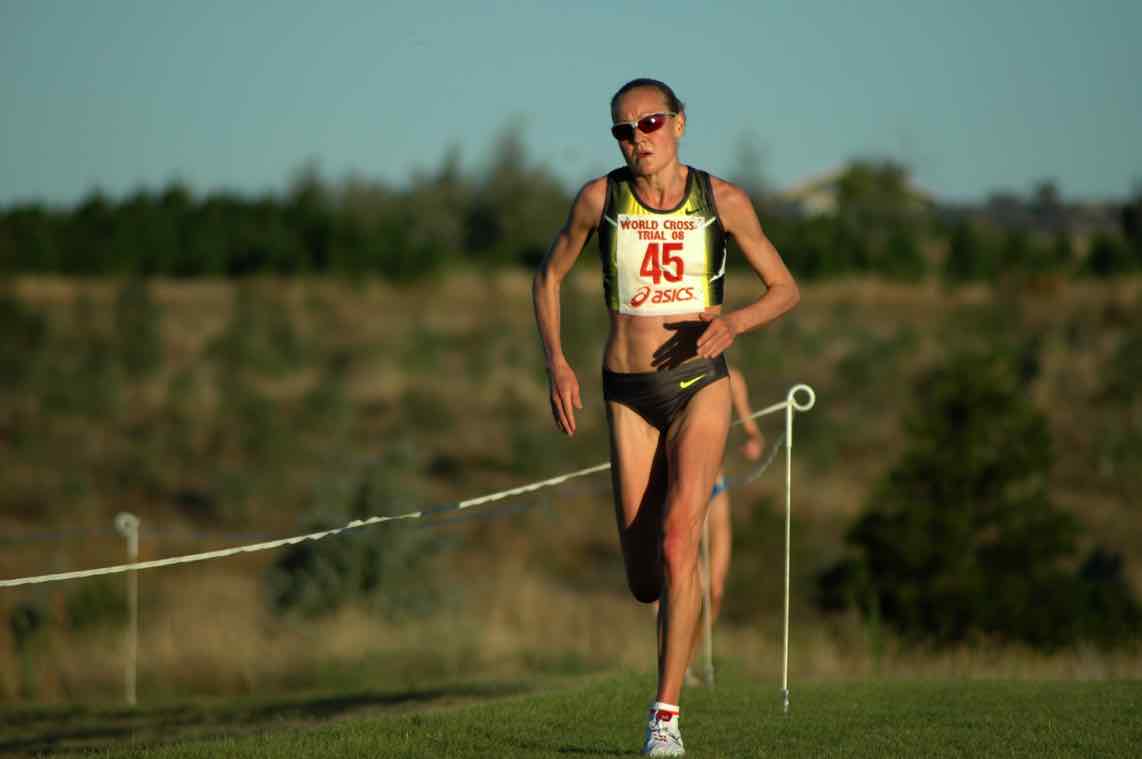
Paced/Tempo Runs
“We do runs that we call ‘pace runs’ that are quite individualised so we are not training above what we should be doing.”
Athletepreneur – Athletes Getting Paid
What you get for $3.95
- Exclusive insights into the day-to-day life and routines of the 2004 World Cross Country Champion. Discover what it took to become World Champion.
- 14 A4 pages equivalent of exclusive training & running insights.
- Benita’s marathon training program and thoughts concerning marathon training.
- Benita’s daily routine including diet.
- Training diary leading into the 2003 Paris World Championships.
- Training diary leading into the 2003 World Half-Marathon Championships.
- Insights into tempo training, altitude training, training camps, core stability, weights, the mental side of the sport, coaches and more.
NB: All revenue will be shared between Benita Willis and Runner’s Tribe. Help our amazing athletes get rewarded for their talents.
Want to purchase the 40+ page ebook instead from the secure online Runner’s Tribe shop and have a copy for life for $4.99?
Click on one of the pictures below to go to the Runner’s Tribe Online Shop to purchase the ebook (securely delivered in all popular reading formats with Paypal and credit card payment options) or continue reading here to purchase through our partners Tapview and read on the website for decades to come.
[tapview]Back before the word ‘tempo’ became so fashionable Benita was doing regular ‘Pace Runs’. Benita placed huge importance on these pace runs.
The pace runs were run using a heart rate monitor and taken off her maximum heart rate, recorded during V02 max testing. Benita’s maximum heart rate was 190 beats per minute. Her paced runs were therefore run at around 170-175 beats per minute
“If I got up to 180, it would probably mean that I was going too hard.”
The pace runs were usually completed once a week, pretty much all year round. 45 minutes was the regular length of the pace runs and sometimes the heart rate would vary during this time. For example, Benita would often run for 30 minutes at a certain heart rate, and then try to increase the heart rate and pace for the last 15 minutes. This replicated racing. Another common heart rate variation was to split the 45 minute pace run into 15 minutes thirds, either getting faster every 15 minute period, or alternating (i.e. Heart rate of 170 for the first 15 mins, 160 for the 2nd 15 mins then 170 for the final 15 mins).
“I think the ‘pace runs’ have really helped my training, especially with Half – Marathon training after Paris. We all have our limits and I think it’s important that we train at a pace that is optimum for us rather than trying to keep up with a faster group.”
Benita goes as far as saying that these pace runs were the key sessions in the lead up to some of her best races.
“I think the ‘pace runs’ we did in Bushy Park were very important. We’d do 45 minute runs with varying heart rates so our speed would either increase or decrease depending on the type of result we wanted. I found this was race specific as I’d sometimes run for 30 minutes with a certain heart rate, then try to increase the heart rate and pace for the last 15 minutes like you’d do in a race when you’re fatigued. I really enjoy these sort of sessions and they certainly were a key to racing well.”
Holding Back to Stay on Track
“I think that reading your body is so important for distance runners and it’s something that I haven’t been particularly good at in the past but as I get older and wiser, l’m improving in this area. Also, Nic is fantastic in holding us back a little when it’s needed. From what I’ve seen, most elite athletes tend to ‘over – train’ rather than ‘under-train’”.
Ambitious runners would do well to learn from Benita’s wisdom. How best to avoid injuries, the importance of a coach that knows when to ease off, and the fact that one or two days off just isn’t going to have a deleterious effect on fitness levels.
“ln the ‘big picture’, having half a day off is nothing, especially when you’ve got all those miles in the bank.”
On the importance of taking care of yourself when at altitude:
“At altitude you have to be a little careful as the thinner air and the challenging terrain can sometimes make you work harder than is required”
On the injury front, all runners understandably get upset when their bodies let them down. However, Benita was always big on cross training and was often able to come back from injuries stronger than ever.
“You must think that all injuries are little signs that your body needs to rest and sometimes an enforced rest is good for us”
Benita is proof that an injury that sidelines an athlete for weeks at a time, does not have to signal the end of their season.
”I have always got into some good cross training and often come back from injures stronger than ever. In 2008, I was out for a few months with iliotibial band (ITB) issues. I started running only four weeks before the World Cross Country Championships in Edinburgh and ended up finishing 11th there and leading our Aussie team to the bronze medal – an amazing performance after being out for so long. If you believe in yourself, you can really do special things after being out.”
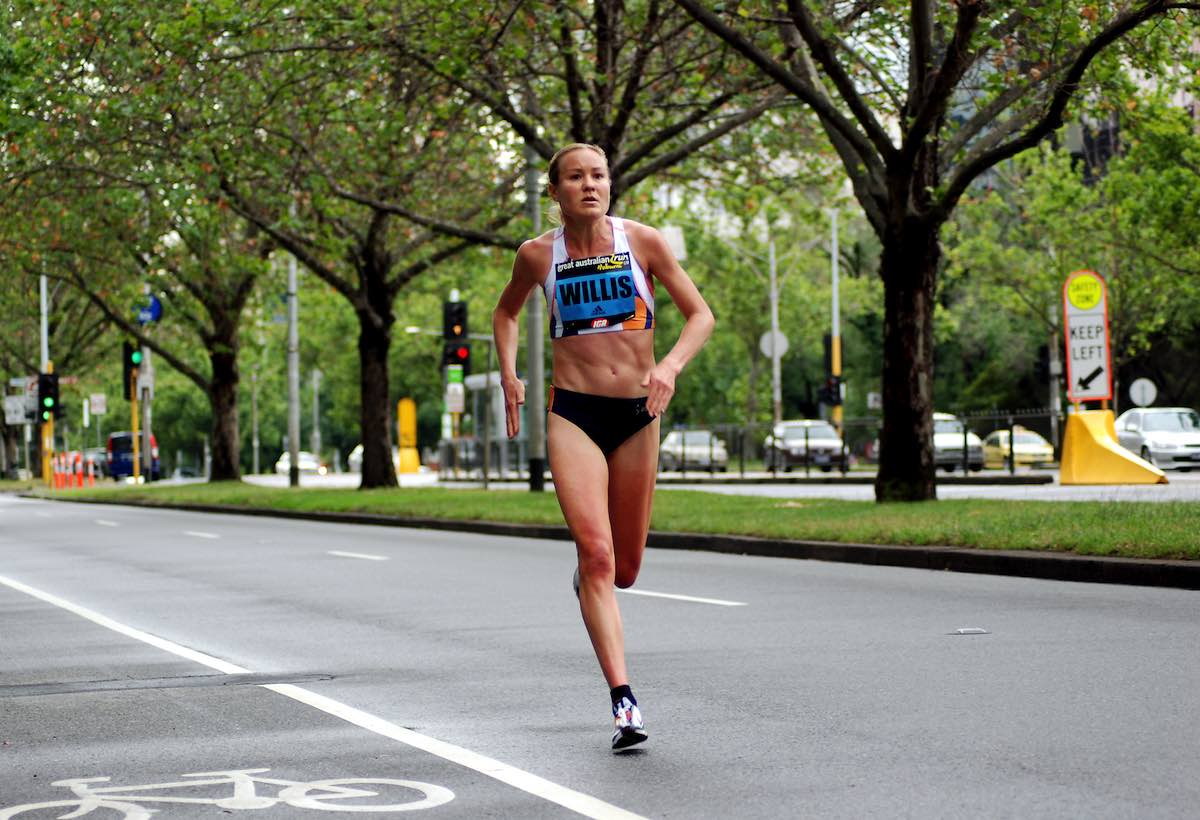
Track Training
“I regard training as training and a means to racing well, rather than looking at one key session. All the training sessions are important in helping you to race”
Benita ran a few less Km per week during her earlier years than when she switched to the marathon.
“I’d say about 150-160 kilometres a week. I don’t actually count the kilometres I run because we usually run for time.”
Outlined below is Benita’s training diary – a two week training block four weeks out from the World Championship 10,000 metres in Paris. (Training Venue – London)
- Saturday 26/7/2003
“There was one session we did 13 x 400 metres with a 400 metre float between that was important in my build-up. All together it was 10,000 metres and it gave me a lot of confidence and got me used to 10 km track rhythm.”
-
- AM: 13 x 400 metres (400 metre float between). Ran in racing flats – Kingston Track. Covered 10 km in 32.20 / last 200m in 30.9. “Felt really good, strong all the way.”
- PM: 30 mins easy run plus circuits / stretch.
NB: At the 2004 Australian Athletic Championships which doubled as the Olympic Selection Trials during February, Benita completed the same 13 x 400m session during the Women’s 10,000 metres final. Benita won the race easily, despite using it as a training run and wearing racing flats. Benita alternated 400 metres at 5000 metre race pace (71 – 72 seconds) with a lap recovery at marathon pace (81 – 82 seconds). She then kicked home the last lap in 67 seconds. Benita clocked 31:49.97 for this ‘session’. Benita said post-race that the fartlek style running simulated the race tactics of many Kenyan and Ethiopian runners.
- Sunday 27/7/03
- AM: 90 mins easy run in Richmond Park.
- PM: Rest.
- Monday 28/7/03
- AM: 50 mins easy run.
- PM:
- Massage.
- 35 mins easy run.
- Core stability exercises and stretching.
- Tuesday 29/7/03
- AM: 38 mins easy run.
- PM: Track session at Kingston Track (in racing flats). 3 x 1600m (lap jog recovery between).
- 1. 4:44 (74, 71, 70, 68) – ‘kick down’
- 2. 4:43 (74, 68, 74, 66) – 2nd lap/4th lap fast.
- 3. 4:44 (73, 72, 70, 68) – ‘kick down’
- “Felt good”
-
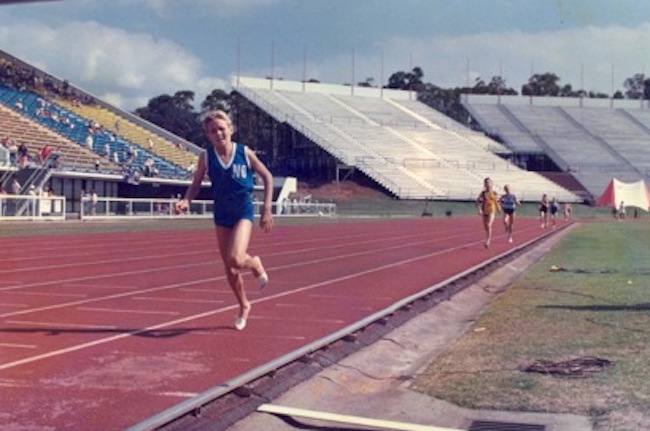
A young Benita Willis running the QLD states title Wednesday 30/7/03
- AM:
- 48 mins easy run.
- Massage.
- PM: 35 mins easy run, plus drills and strides.
- AM:
- Thursday 31/7/03
- AM: Session in Bushy Park on dirt trail
- 1 x mile (4:57).
- Easy 4 miles jog recovery.
- 4 x 300m relaxed (not timed).
- Easy 1 min jog recovery.
- “Felt ok but not super good”
- PM: 35 mins easy run.
- AM: Session in Bushy Park on dirt trail
- Friday 1/8/03
- AM: Rest, travel to Belgium.
- PM: 29 mins jog, plus 5 easy relaxed strides. “Felt a bit lethargic”.
- Saturday 2/8/03
- AM: 16 mins easy run
- PM: Heusden Grand Prix Meeting. 9:05pm 5000m. 14:54 (2nd place). “Didn’t feel fluent at all during race. However, good speed work leading up to World Championships 10000m.”
- Sunday 3/8/03
- AM: Rest, travel to London.
- PM: 90 mins easy run in Richmond Park. “Felt fine, heat wave in London!!!”
- Monday 4/8/03
- AM: 60 mins easy run. Core stability exercises and stretching.
- PM: Massage. And 30 mins easy run.
- Tuesday 5/8/03
- AM: 35 mins easy run.
- PM: Track session at Kingston Park. 5 x 1200m (400m jog recovery in 2 mins). Ran 3:29, 3:29, 3:30, 3:36. “Didn’t do last rep as a little tired from weekend and didn’t want to push it this close to World Championships.”
- Wednesday 6/8/03
- AM: 53 mins easy run. Then massage.
- PM: Rest.
- Thursday 7/8/03
- AM:
- 35 mins easy run.
- Core stability exercises and stretching.
- PM: 45 mins pace run in Bushy Park using heart rate made up of.
- 15 mins @ 165 b.p.m.
- 15 mins @ 160 b.p.m.
- 15 mins @170 b.p.m.
- AM:
- Friday 8/8/03
- AM:
- 35 mins easy run.
- Massage.
- PM: 35 mins easy run plus core stability exercises.
- AM:
“I just think completing all my track sessions was a key to running well in Paris”
Paris World Championships 10,000m Result, 23/8/2003
| 1. | Berhane Adere (ETH) | 30:04.18 |
| 2. | Werknesh Kidane (ETH) | 30:07.15 |
| 3. | Sun Yingjie (CHN) | 30:07.20 |
| 4. | Lornah Kiplagat (NED) | 30:12.53 |
| 5. | Alla Zhilyaeva (RUS) | 30:23.07 |
| 6. | Galina Bogomolova (RUS) | 30:26.20 |
| 7. | Xing Huina (CHN) | 30:31.55 |
| 8. | Benita Johnson (AUS) | 30:37.68 |
| 9. | Ejegayehu Dibaba (ETH) | 31:01.07 |
| 10. | Jeļena Prokopčuka (LAT) | 31:06.14 |
Half Marathon Success
Before switching to the marathon, Benita was close to the top of the world over the half-marathon distance. Up against the fastest marathoner to ever live, Paula Radcliffe, a pretty tough order, Benita managed to grab a global championship medal, finishing 3rd at the 2003 World Half-Marathon Championships.
Only the late Kerryn McCann has run faster over the half-marathon distance with a 1:07.48 compared to Benita’s 1:07.55, set in September of 2004.
Top 3 Australian Women of all-time over Half-Marathon
| 1:07.48.0 | Kerryn (Hindmarsh) McCann | 10/01/2000 | |
| 1:07.55.0 | Benita Willis | 26/09/2004 | |
| 1:07.56.0 | Susie Power | 06/10/2002 |
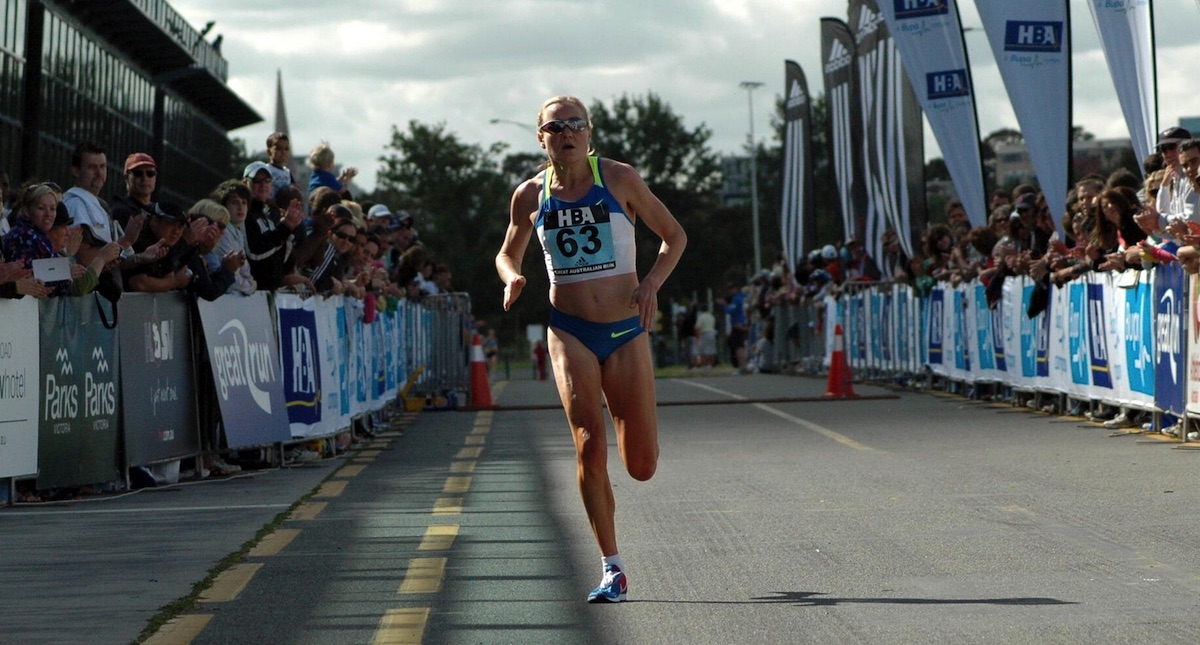
Outlined below is Benita’s training diary – a two week training block four weeks out from the 2003 World Half Marathon Championships in Portugal. (Training Venue – London)
- Friday 5/9/03
- AM: 72 mins easy run.
- PM: Rest/Stretch.
- Saturday 6/9/03
- AM: Session on dirt trail in Busy Park. 6 x 1000m with 90 seconds jog recovery (every second rep into wind – ran controlled in racing flats). 2:57. 3:05, 2:58, 3:03, 2:55, 2:59.
- PM: Massage/Stretch. 35 mins easy run.
- Sunday 7/9/03
- AM: 106 mins run.
- PM: Rest.
- Monday 8/9/03
- AM:
- 64 mins easy run.
- Massage.
- PM: 30 mins easy run, core stability exercises and stretching.
- AM:
- Tuesday 9/9/03
- AM: 35 mins easy run.
- PM: Session at Kingston Track. 4 sets of 4 x 400m @ 70 second pace (30 seconds recovery between reps/lap jog between sets). “Ran in racing flats and felt good – 70 second pace felt easy!”
- Wednesday 10/9/03
- AM: 63 mins easy run. And core stability exercises.
- PM: Massage/Rest.
- Thursday 11/9/03
- AM: Session on dirt trail in Busy Park.
- 3 x 200m (33 seconds) (90 seconds recovery).
- 1 x 800m (2:19) (3 minutes recovery).
- 3 x 200m (33 seconds).
- “Felt a bit lethargic to start but better at end of session – a nice taper session”.
- AM: Session on dirt trail in Busy Park.
PM: 32 minutes easy run.
- Friday 12/9/03
- AM: 36 mins easy jog plus 4 x 100m strides/drills.
- PM: Travel to Monaco for the Grand Prix final. Rest.
- Saturday 13/9/03
- AM: 13 mins easy jog.
- PM: 5000m race – 6th in 15:11 (led for first 2500m). “Felt tired, not bouncy at all, had nothing to race with, empty. Really disappointed with run!”
- Sunday 14/9/03
- AM: Travel to London
- PM: 105 mins run in Richmond Park. “Felt fine.” Massage.
- Monday 15/9/03
- AM: 62 mins easy run. Core stability exercises.
- PM: 30 mins easy run.
- Tuesday 16/9/03
- AM: 36 mins easy run. Core stability exercises.
- PM: Session at Kingston Track in racing flats.
- 1 x 3000m – 9:14 (2 mins recovery)
- 1 x 1600m – 4:52 (2.50 mins recovery)
- 1 x 1200m – 3:30 (3:26 mins recovery)
- 1 x 800m – 2:18.
- “Ran relaxed, felt good.”
- Wednesday 17/9/03
- AM: 60 mins easy run. Core stability exercises.
- PM: 32 mins jog. And stretching.
- Thursday 18/9/03
- AM: Session on dirt trail in Bushy Park.
- 2 x 2.8km reps. 8:31 (7 minutes recovery), 8:34. “Felt very good – the best of these sessions I have ever done!”
- PM: 36 mins jog and stretching.
- AM: Session on dirt trail in Bushy Park.
- Friday 19/9/03
- AM: 60 mins easy run.
- PM: 31 easy run. Core stability exercises. Massage.
2003 World Half Marathon Championships, Portugal
| Rank | Athlete | Nationality | Time |
| 1. | Paula Radcliffe | Great Britain | 1:07:35 |
| 2. | Berhane Adere | Ethiopia | 1:09:02 |
| 3. | Benita Johnson (Willis) | Australia | 1:09:26 |
Marathon Training
“For me the key is consistency and patience because if you’re consistent and patient, you become very fit and you run well.”
Benita holds the Australian record for the marathon, clocking 2:22.36 at the 2006 Chicago marathon
Australia’s 3 fastest women of all-time
| 2:22.36.0 | Benita Willis | 22/10/2006 | |
| 2:23.51.0 | Lisa (O’Dea) Ondieki | 31/01/1988 | |
| 2:25.51.0 | Nickey Carroll | 18/04/1999 |
Marathon training for Benita wasn’t that different to her time tested training for the shorter distances. Some longer pace/tempo work and more weekly mileage being two key differences.
Outlined below is a typical week of training, provided by Benita, during the winter build-up phase.
- Monday, Wednesday and Friday were all the same consisting of a 50-70min run in the morning, then a 40min run in the evening followed by strides, drills and some gym work.
- Tuesday I was on the track and would generally do about 12kms worth of work at marathon or usually faster than marathon pace.
- Thursday: Long pace run upward of an hour.
- Saturday: Short hills / recovery day.
- Sunday: Long run. Sometimes I would run easy, sometimes faster depending on how I was feeling. Usually 2hrs to 2hrs 20mins.
“My Sunday run was typically anything from 2hrs to 2hr30 depending on how fast I was running and what my week had consisted of. If I was running hard, I’d run a bit shorter but usually do around 2hrs. I liked to do hilly runs on trails but sometimes I’d run on the bike path as I do think it is important to get your legs used to the pounding”.
Weekly mileage was usually 180-210 kilometres.
Benita is also an advocate of racing a half-marathon during the lead-up to a target marathon.
“Entering a few half marathons in your prep is also good as long as you try to stick to marathon pace and not too much faster as to use them for training more so than flat-out races.”
In terms of favourite sessions prior to a marathon:
“I did a session of 6x2km on the track with very short recovery and the pace of each 2km got faster and faster. At the end, I’d run a flat out 1km. I knew what times I could do for this and if I got near this, I’d know I was ready for a good one.”
Benita Willis Career Marathons
2:38:03 14 New York 07/11/04
2:26:32 6 London 17/04/05
2:22:36 3 Chicago 22/10/06
2:29:47 7 London 22/04/07
2:38:30 5 Chicago 07/10/07
2:32:06 21 Olympic Games, Beijing 17/08/08
2:28:24 2 Houston 15/01/12
2:49:38 98 Olympic Games, London 17/08/12
Core, Drills – the 1 Percenters
“Yes this is very important.”
As seen through Benita’s training diaries, she completed regular core sessions as well as occasional weights.
Strides and drills were also completed a once or twice per week, helping to achieve ideal efficiency and ease of speed.
From 2003:
“Yes. I do strides and drills once or twice a week. Then also do some core stability work on the Swiss Ball probably five times a week. However, I don’t do a lot of gym work. I feel that it’s important to be strong enough to prevent injuries before they happen. But I feel a lot stronger from doing the core stability work.”
However, later in her career Benita started doing more weights, with the belief that it would aid her marathon strength during the closing stages of the marathon
“I did core exercises every day and weights three times per week. Not heavy weights as you don’t want to build too much muscle but you need to be strong in marathons to get through the training and the races themselves – especially as you enter the last 10km.”
Benita also had regular massage (approximately 2-3 times per week) as well as a couple physio sessions per week.’
Recovery from Sessions & Diet – a Typical Day in the Life of B
Just as important as the session itself was the process of recovery post-session. Benita post-session recovery routine is outlined below:
-
- Straight after a session she would drink a protein recovery drink – “it tastes like a chocolate milkshake, and that helps my body recover and rebuild quickly.” Benita would also consume an electrolyte drink ASAP post-session.
- When at Falls Creek, Benita would recover with other athletes by cooling her legs in the cold water aqueducts – “I think that is really important for recovery.”
- Benita would then go home and eat breakfast as soon as possible – “breakfast is my favourite meal of the day so I eat a lot.” Breakfast would usually involve cereal and yoghurt with sliced apple, grapefruit, cashews and dark chocolate (on top).
- Benita would always try to rest for an hour or so a day where she would sleep or read – “I believe that relaxation is so important in the recovery process”.
- Stretching would occur during the day, usually before the second run for the day – the afternoon run.
- After her afternoon run, Benita would try to eat dinner as soon as possible. Benita’s views on red meat – “Red meat is so important in the diet of a distance runner. I regularly eat rump steak or kangaroo. ln St. Moritz we were eating Ostrich which was really lean but tasty. I also eat some liver to make sure my iron stores are adequate. lf you become iron depleted up here, it can take a while to recover”.
- Bedtime would usually be around 9:30 to 10:00 pm.
“l’m a person who can find it hard to relax at times so that’s something I have to concentrate on if I’m to fully recover and run at my best”.
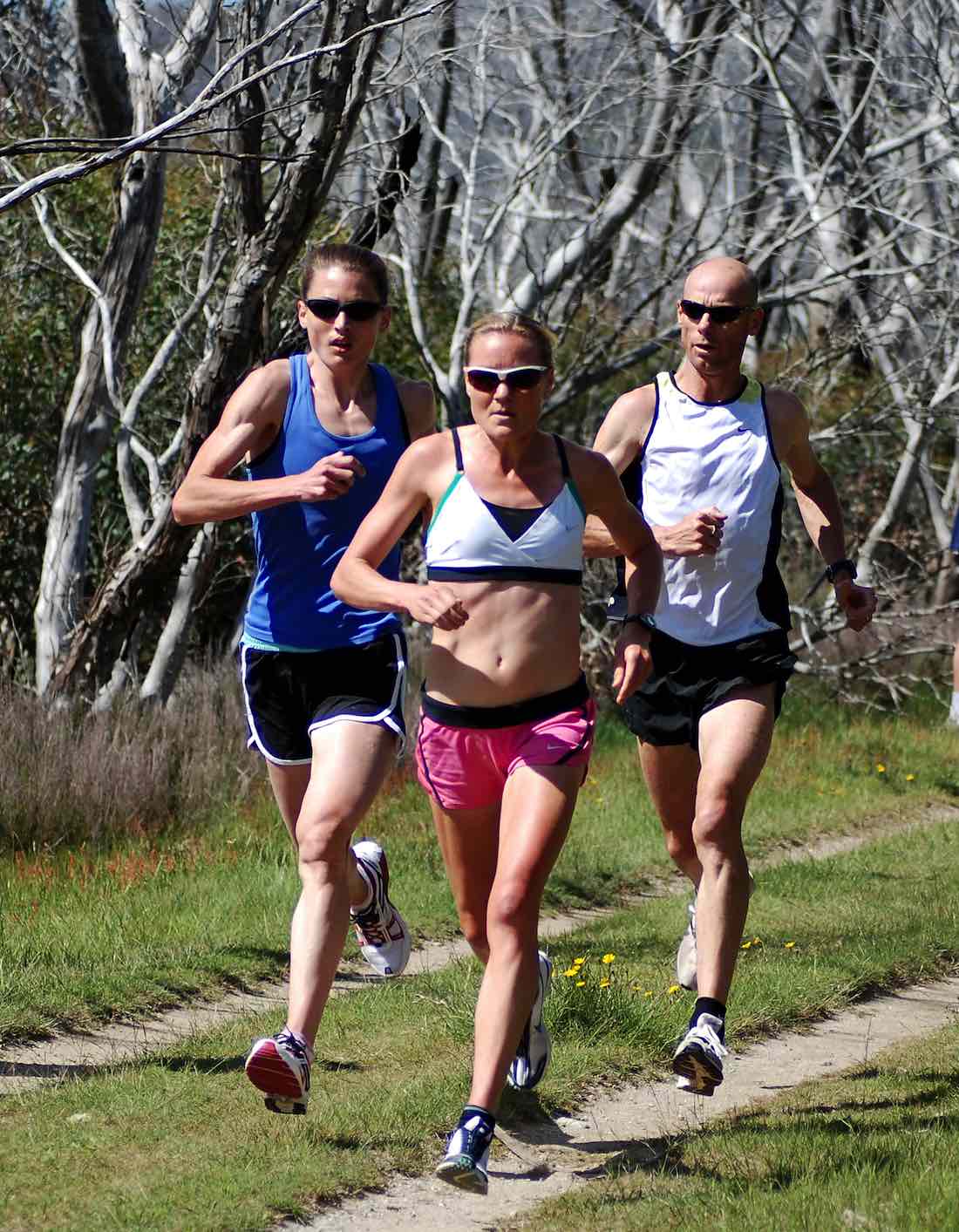
Final Touches – Belief
To be a world champion no doubt requires a whole lot of belief. Benita was always very aware of the important role that self-belief played come race day.
“I think at the highest level in running the physical capabilities of the top athletes are very similar. The person who wins is he or she who can get it right mentally on the day.”
Benita obviously figured out her own mental strategy to get the most out of her body when it mattered most.
“I’d say in the big races, the mental component outweighs the physical component (given the athlete is healthy and has done all the training required). You can train your mental capacity with the help of professionals but I do believe that at the end of the day, it comes down to who wants it more internally and what drives you to do what you do. I know that’s what helped me over the line in the tough race situations especially when I was considered the underdog. Loved proving people wrong.”
Stay tuned to Runner’s Tribe on more awesome content from Benita Willis
Article written by Sam Burke for Runner’s Tribe. Many thanks to Neil Macdonald, Benita Willis, Ross Johnson, Len Johnson and Doug Burke.
Some more high quality ‘Athletepreneur’ articles







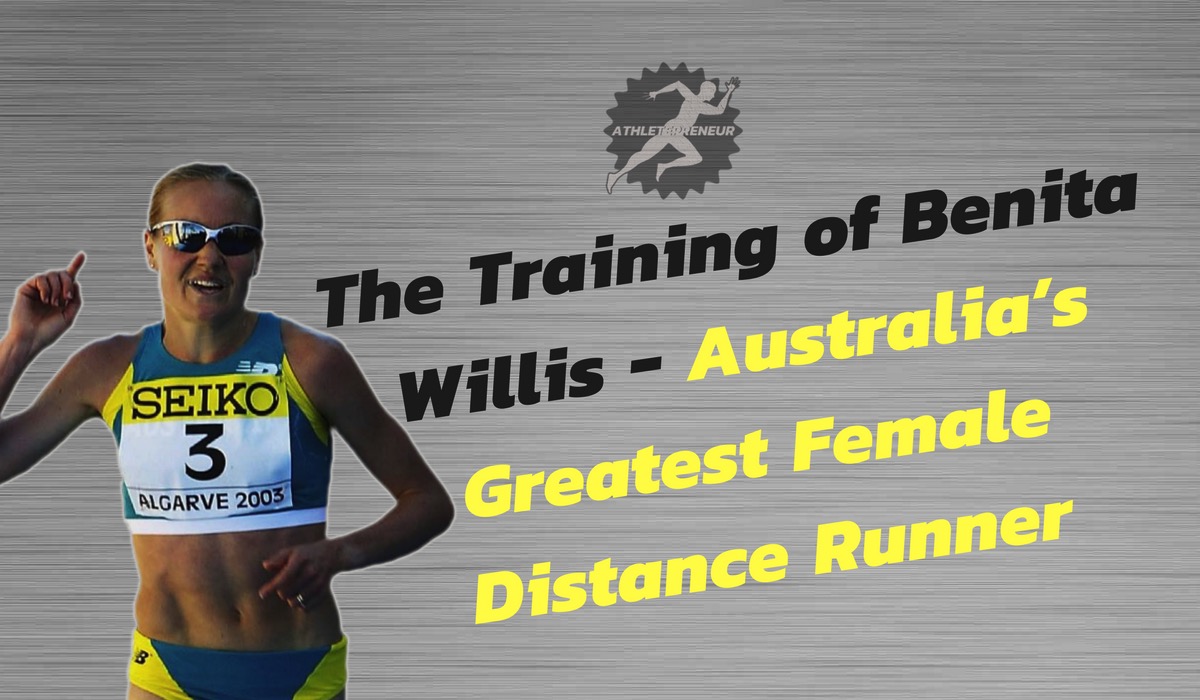
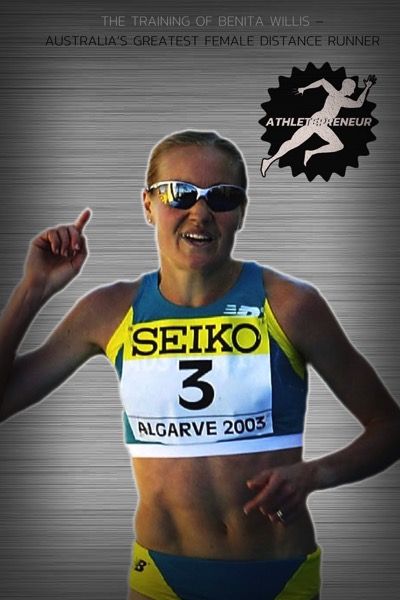
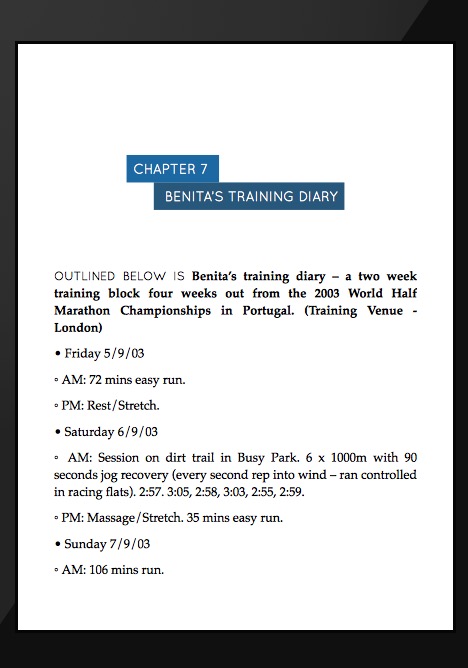
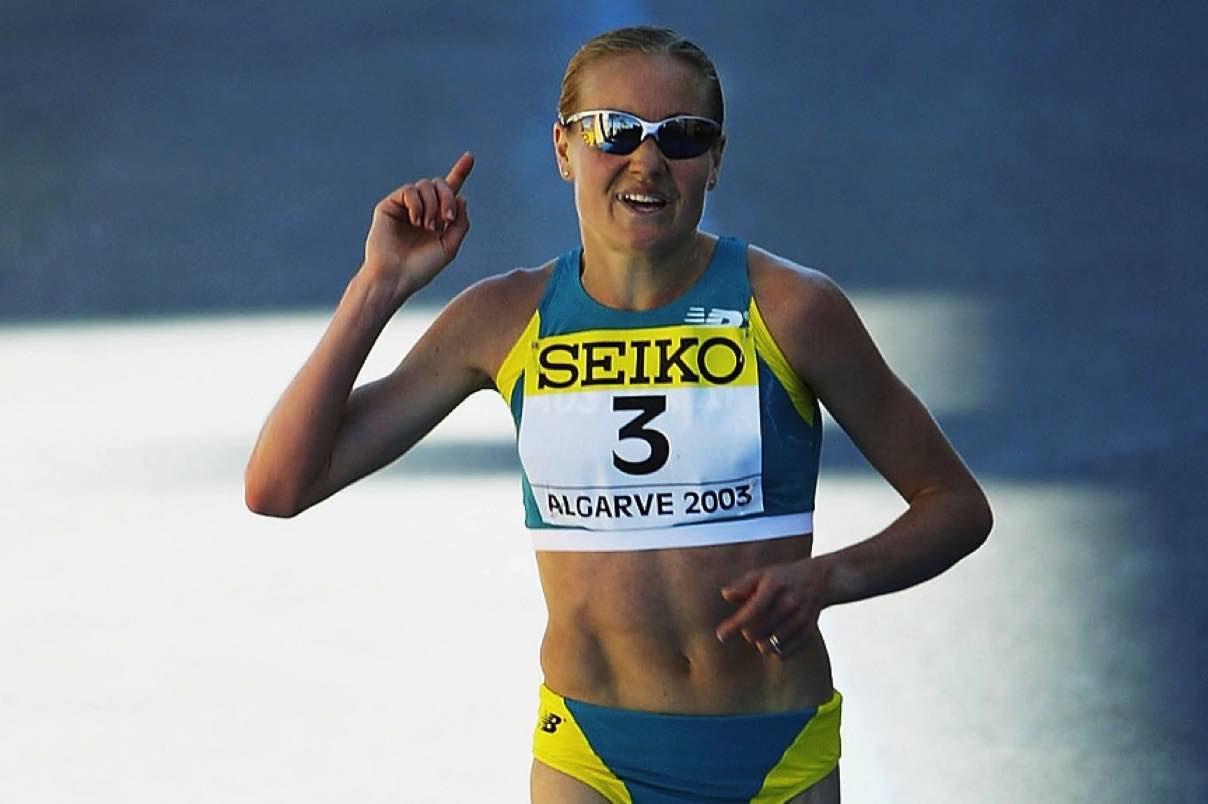
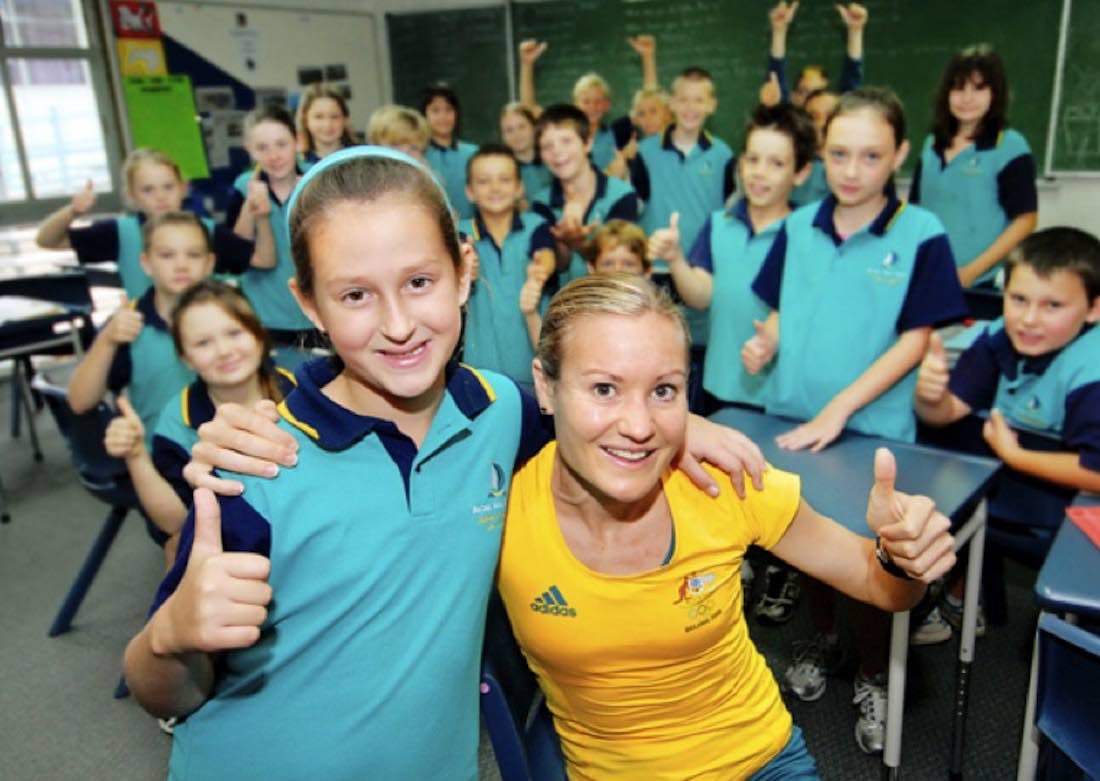
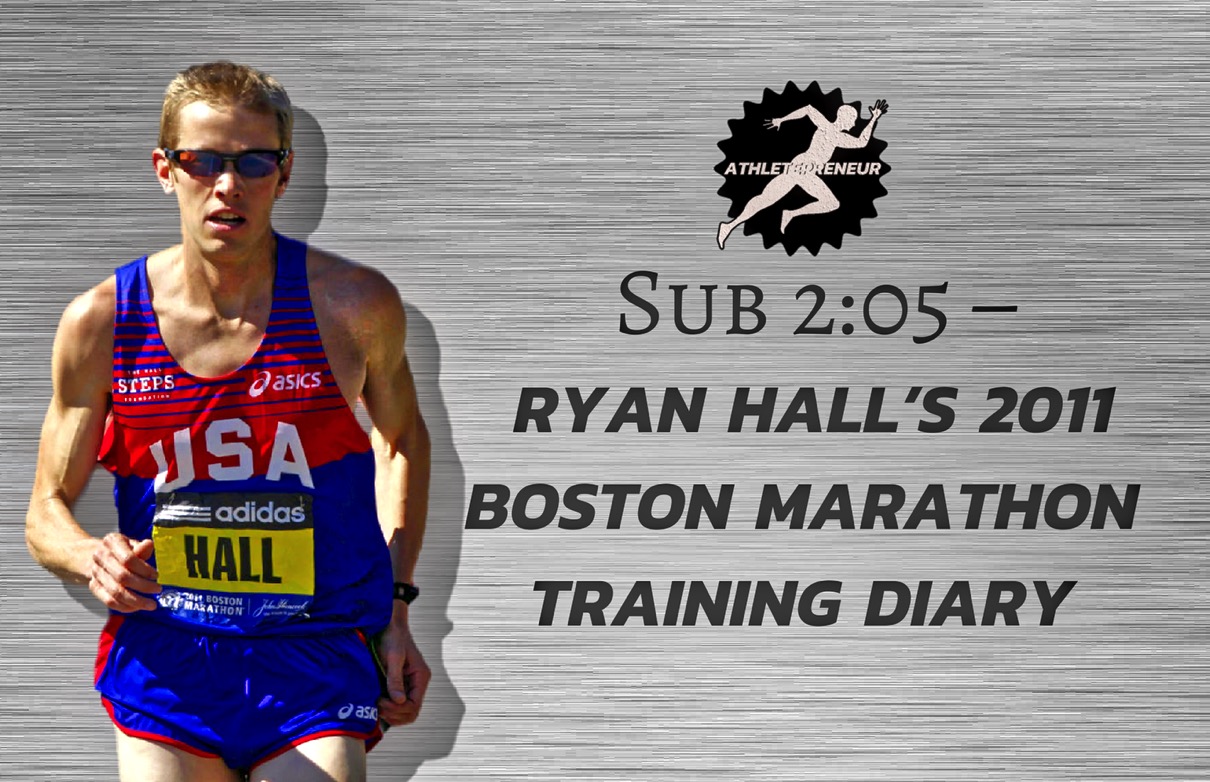
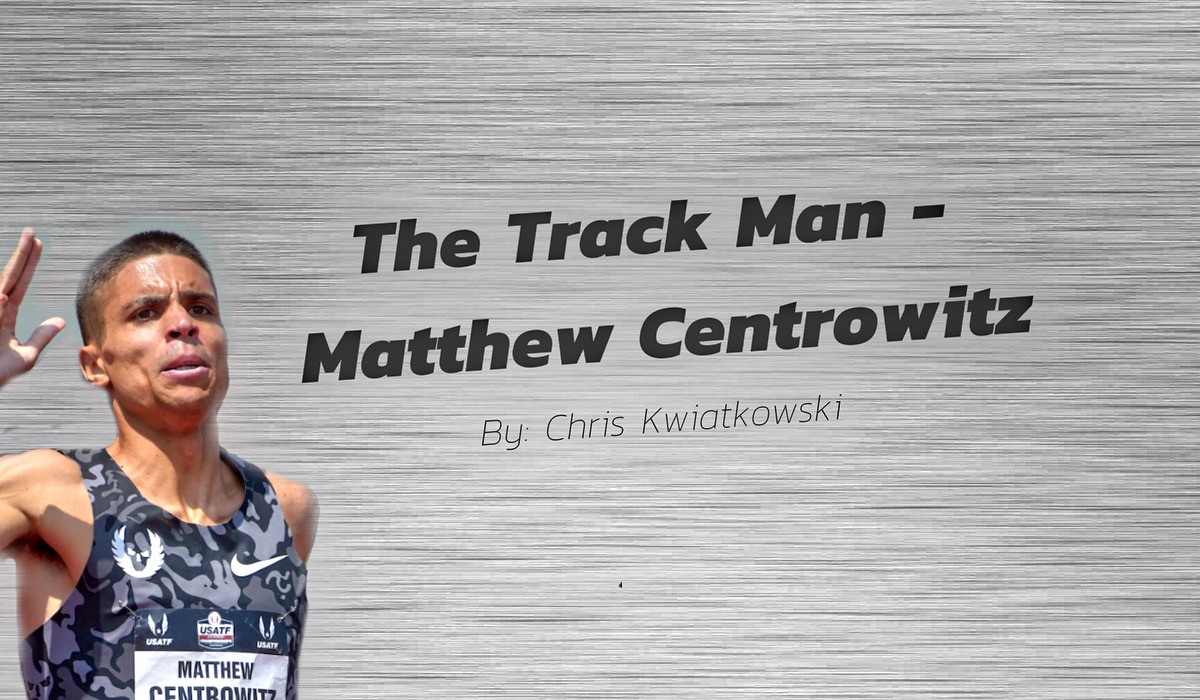












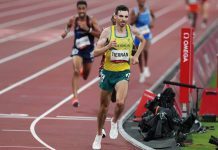
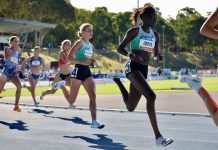
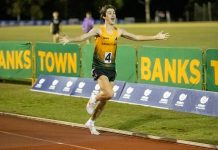

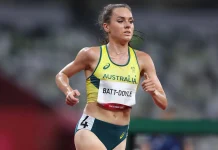



Comments are closed.